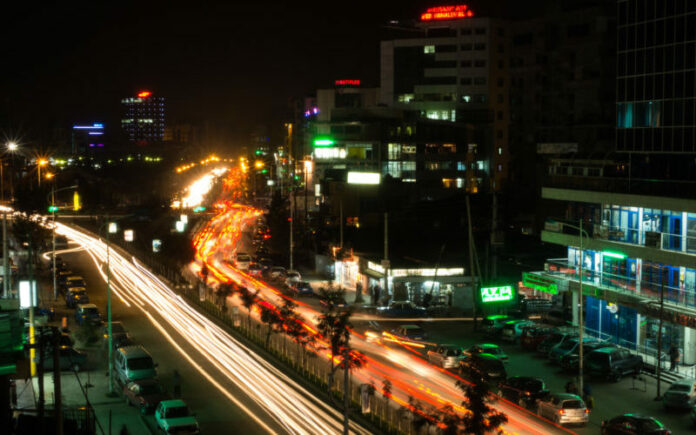Ethiopia’s economic fundamentals have remained strong despite festering civil unrest in the country. For a start, Ethiopia is among the poorest countries in the world, and also suffers from recurring famine.
But, the country has sustained gross domestic product growth (GDP) of above 8 percent since 2004, with this figure hitting double digits as recently as 2015, according to International Monetary Fund data.
Unemployment was 5.4 percent in 2017, according to the World Bank — a similar figure to that of Nigeria, considered by some metrics to be Africa’s largest economy.
Ethiopian economy following China’s lead
Ethiopia’s strong economic metrics could be thanks to its government espousing China-style state-led development. For example, public companies maintain monopolies over several areas of the economy, while citizens cannot privately own any land.
While Ethiopia has ostensibly been mimicking Chinese economic governance, it has also been a major recipient of Chinese funding abroad. Ethiopia is a key tenet of China’s Belt and Road Initiative, a big bucks spending drive to resurrect ancient trading routes centered on China.
Ethiopia is a burgeoning manufacturing hub, with the intention of growing the sector to account for 25 percent of the economy by 2027, the state-run Ethiopian News Agency quoted a government official as saying last June. This has primarily been established through Chinese-funded industrial parks.
“The industrial park model has certainly worked well in terms of investment flows — foreign direct investment grew by 27.6 percent last year, largely because of investments in the new industrial parks,” Jane Morley, Ethiopia analyst at Economist Intelligence Unit, told CNBC Thursday.
According to Chinese state-run newspaper the Global Times, Ethiopia is aiming to have 15 such industrial parks by June of this year.
Dealing with demographics
While Abiye has set his agenda on bridging ethnic divides during his first few days in office, managing the Ethiopian economy around its population could prove an issue.
Ethiopia’s population, the second largest in sub-Saharan Africa after Nigeria, has a median age of 18, according to Morley.
“Clearly, far greater private-sector involvement is going to be necessary if sufficient jobs are going to be created and growth be made sustainable over the medium to long term,” she said.
Despite the growth of industrialization, agriculture still accounts for one third of GDP. Low wages are an issue faced by those in newly-generated manufacturing jobs.
“Headline figures mask substantial variations,” Morley explained.
But given the pressing civil unrest which overturned Ethiopia’s political order two months ago, privatizing the economy while attempting to pacify ethnic divides would be a huge challenge for Abiye. He will likely “tinker at the edges of economic policy for the time being,” said Morley.











